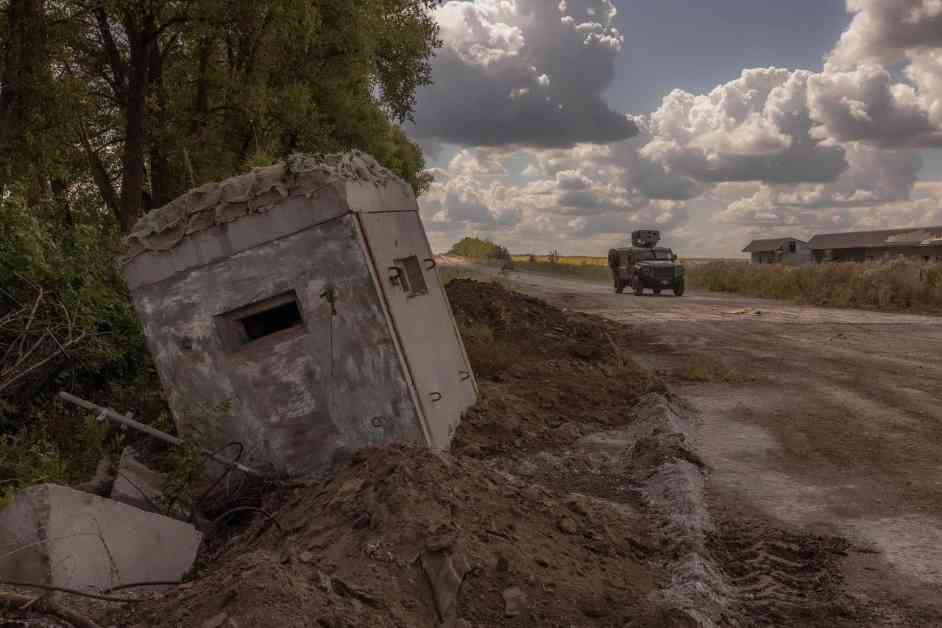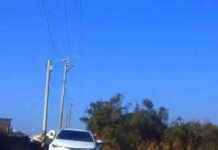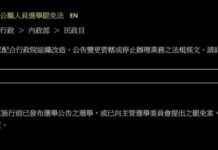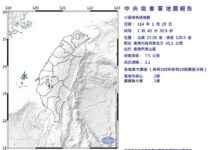Ukraine’s Strategic Counterattack at Ilovaisk: Assessing Risks and Implications
Ukraine launched a bold offensive on August 6th from the northeastern town of Sumy, penetrating into Russian territory at Kursk. This move, dubbed the Ilovaisk counterattack, has raised concerns among American media outlets, including The New York Times, as it is perceived as a risky gamble that could potentially expose vulnerabilities in the ongoing conflict between Ukraine and Russia.
The New York Times highlighted that the Ukrainian military meticulously planned this audacious incursion into Russian territory in hopes of reversing the gradual advancement of Russian forces in eastern Ukraine, where Ukrainian troops have been steadily retreating.
The shockwaves of the Kursk counterattack have reverberated not only among Ukraine’s allies but also within Western circles, prompting a loosening of restrictions on military aid to Ukraine for use within Russian borders. Analysts and Russian officials have noted that since the failed Ukrainian offensive in the summer of 2023, Ukraine has been primarily on the defensive, with Ukrainian forces now advancing over 11 kilometers into Russian territory along a 40-kilometer front line. Russian officials have reported over 132,000 evacuations in the neighboring regions.
The success of the Ilovaisk counterattack remains uncertain, with the potential to either restrain Russian forces or expose Ukraine to further territorial losses, particularly in Donetsk. American officials have expressed surprise at the initial success of the counterattack but remain skeptical about Ukraine’s ability to maintain these gains. They believe that while Ukraine has managed to shift the dynamics of the conflict, it has also inadvertently created new weaknesses in its front lines, stretching its already thin military resources.
The Wall Street Journal reported on the 13th that Russian forces have begun withdrawing troops from Ukraine to address the situation in Kursk, marking the first visible adjustment of forces in response to the Kyiv counteroffensive. The Russian news agency TASS quoted a senior military commander affirming Russian control over the situation in Kursk.
Russian special forces in Chechnya, led by Major General Apty Alaudinov, stated, “We are in the process of blocking the invading forces and equipment, slowly but surely plugging the existing loopholes.” Russian forces have targeted Ukrainian supply lines to limit the movement of Ukrainian troops and equipment into Kursk. Local officials in Sumy reported Russian airstrikes in the region, where Ukrainian forces had amassed for the offensive.
Despite the initial disruption caused by the Ukrainian counterattack at Ilovaisk, Russian forces continue to advance in key areas of eastern Ukraine, intensifying their assault on Pokrovsk, a vital logistical hub in the Donbas region. According to Ukrainian soldiers, resources were diverted from the strained eastern front to launch the Kursk counteroffensive.
As the conflict unfolds, the strategic implications of the Ilovaisk counterattack are becoming increasingly apparent. The article delves into the risks and potential outcomes of this high-stakes military operation, shedding light on the complex dynamics at play between Ukraine and Russia.












